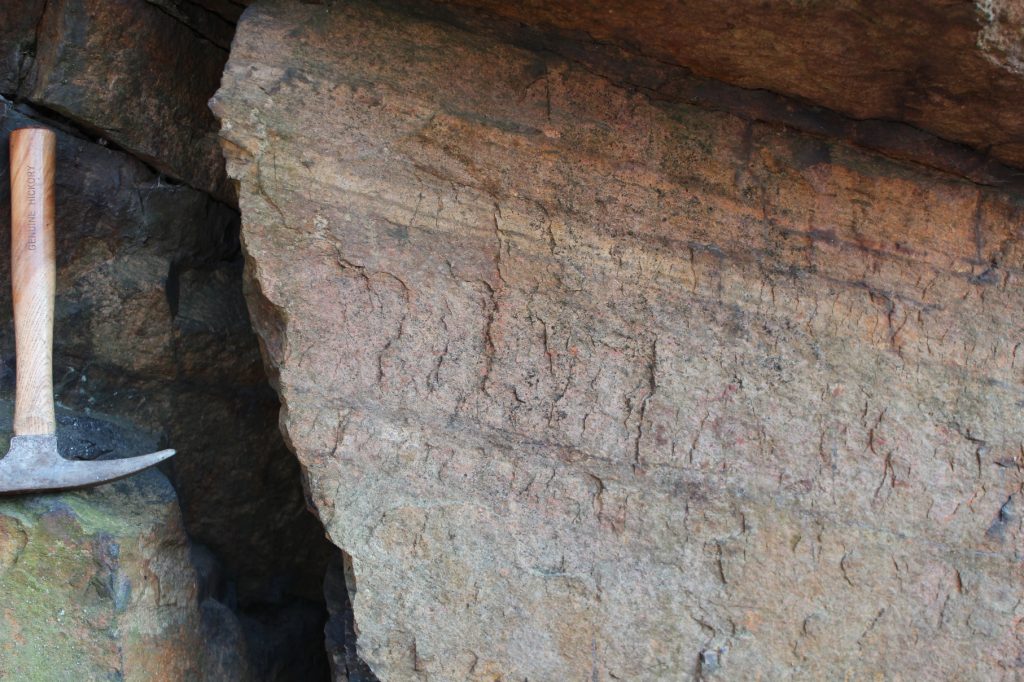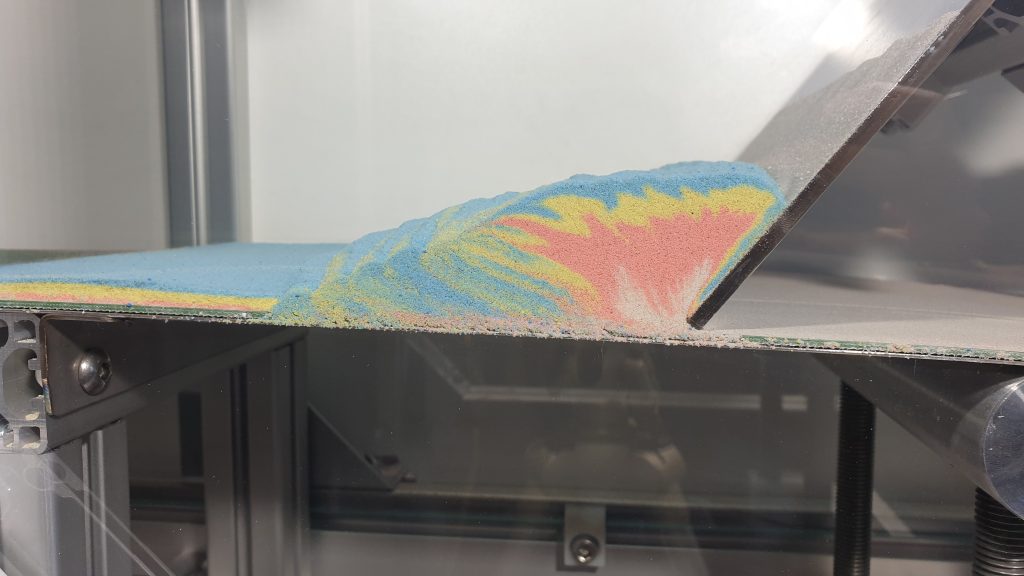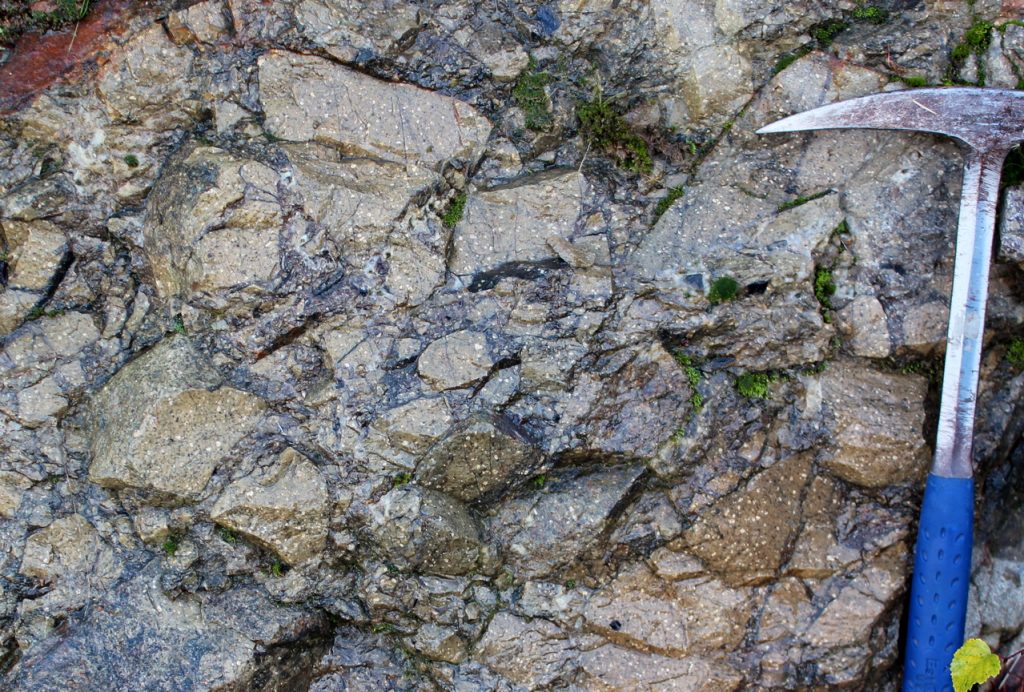
Petr Vitouš: Influence of regional tectonics on dike swarms evolution beneath volcanics complexes
The research includes the structural study of rhyolite ignimbrites and associated subvolcanic igneous systems. A The research includes a structural study of rhyolite ignimbrites and associated subvolcanic igneous systems, in particular at the Altenberg–Teplice Caldera and Broumov ignimbrites (Bohemian Massif) and Gréixer rhyolite complex (Pyrenees). A combination of several methods will be used on these complexes: detailed field and structural mapping, rock magnetism, anisotropy of magnetic susceptibility (AMS), and paleomagnetism. This doctoral project aims to introduce modern interpretations and a general geological model of the influence of extensional regional tectonics on the geometry of feeding structures of volcanic complexes, and dynamics of emplacement of pyroclastic density currents. Last but not least, a comparative study of structure of basaltic to intermediate alkaline complexes of rift regions and felsic caldera volcanoes in collapsing orogens will be compiled.

Tatiana Tkáčiková: Analog modeling of subduction zone processes
Magma and hydrothermal fluids percolate through the upper crust during all stages of collisional orogeny. A wide range of complex depositional, deformational, and metamorphic processes that operate along subduction zones may be experimentally reproduced under laboratory conditions. The Master research is focused on a critical evaluation of the existing experimental approaches and material parameters used to model subduction zone processes and evolution of accretionary wedges. Several pilot experiments will also be designed and interpreted in terms of geological processes during the second part of the project.
Funded by the Charles University Grant Agency project No. 260923 to Tatiana Tkáčiková

Jakub Ptáček: Emplacement dynamics of the Křivoklát-Rokycany volcanic complex, insights from structural geology and magnetic anisotropy
The diploma thesis aims to investigate the processes and mechanisms of eruptions and the deposition of pyroclastic rocks of the upper rhyolite part of the Krivoklat-Rokycan volcanic complex (upper Cambrian to lowermost Ordovician). The research will primarily focus on pyroclastic bodies and surrounding lavas of rhyolite lithologies identified in detailed geological maps. The main method will be the application of anisotropy of magnetic susceptibility (AMS) in order to constrain the flow and emplacement mechanisms, and post-depositional processes of pyroclastic flows and lavas. The AMS method will be supplemented by the quantification of magnetic mineralogy. The result of the work should be a model of the eruptive activity of the Krivoklat-Rokycan volcanic complex.
Prospective students interested to participate in research projects of our group are encouraged to contact Jiří Žák or Filip Tomek.